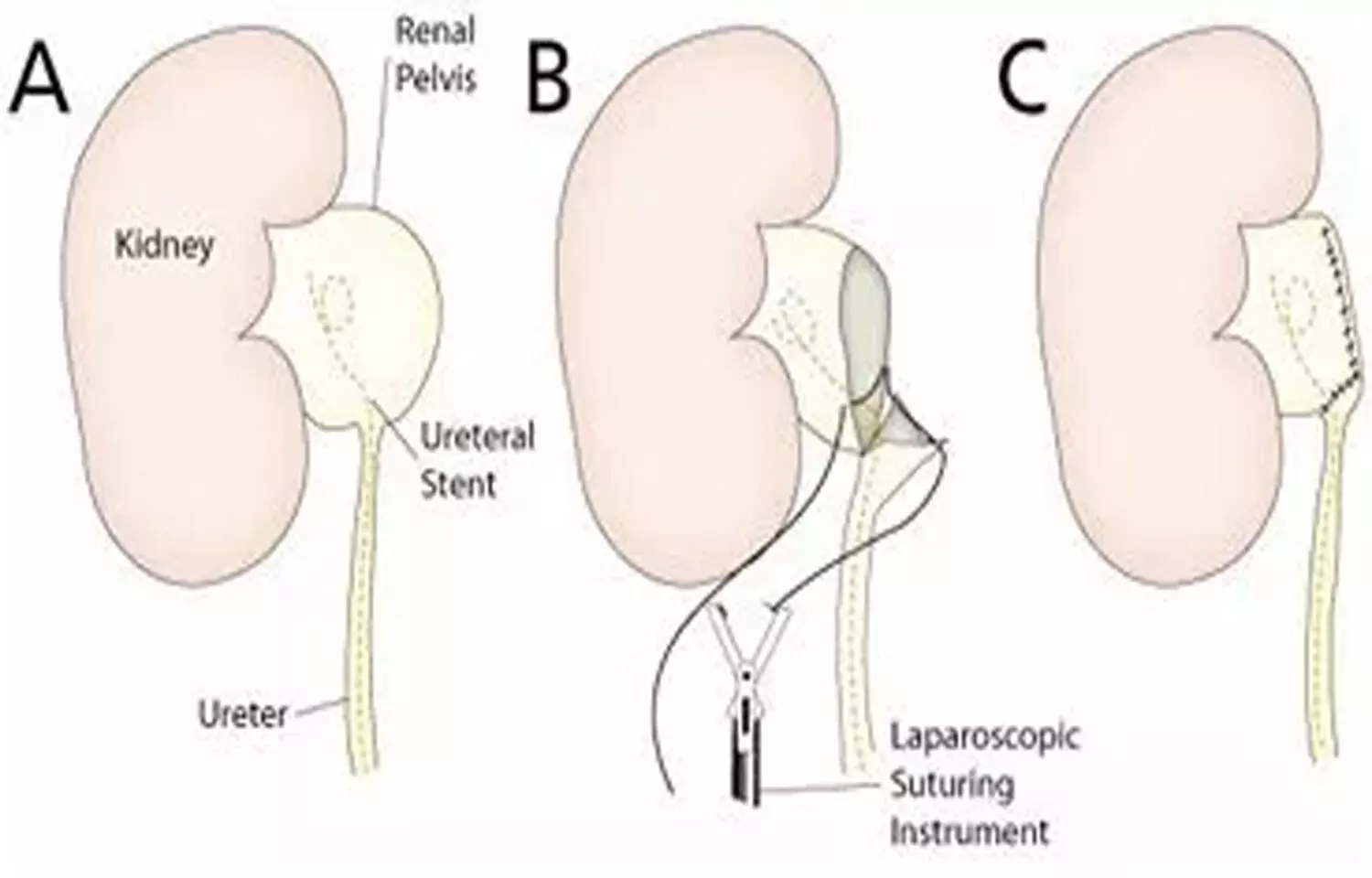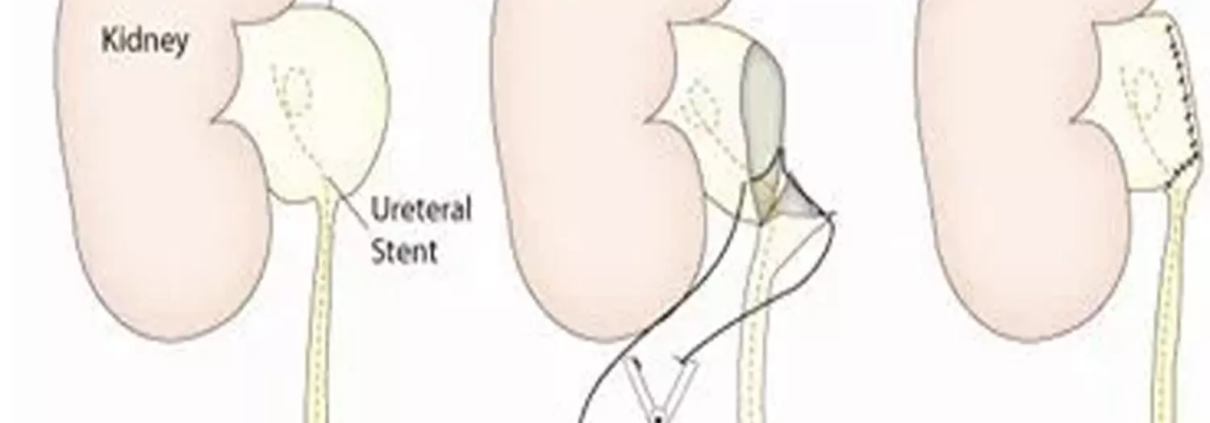Ultrasound-guided QLB effective adjuvant analgesic technique in pediatric patients undergoing pyeloplasty, claims study

Recently published article reports the findings of a randomized clinical trial that investigated the impact of ultrasound-guided quadratus lumborum block (QLB) on analgesia and neuroendocrine stress response in pediatric patients undergoing pyeloplasty. The study involved 60 children aged 1-7 years undergoing elective open pyeloplasty, who were randomly assigned to receive either QLB with 0.5 ml/kg of 0.25% ropivacaine after induction of general anesthesia (GA) or GA alone. The researchers found that the QLB group exhibited decreased serum cortisol and blood glucose levels at 30 minutes after surgical incision and 24 hours after surgery compared to the preoperative values and the GA group. Additionally, the quality of analgesia assessed using the FLACC scale was significantly better in the QLB group, and the fentanyl consumption was lower in the QLB group compared to the GA group, both intraoperatively and postoperatively.
Benefits and Outcomes of QLB in Pediatric Pyeloplasty Patients
The study also emphasized the importance of reducing neuroendocrine stress response in pediatric surgical patients and noted that QLB attenuated this response effectively in the pyeloplasty patients. The research showcased the potential of QLB as part of multimodal analgesia and its ability to provide effective pain relief in pediatric patients undergoing pyeloplasty. The data indicated stable hemodynamics and a reduced stress response in patients receiving QLB, without significant complications such as postoperative nausea and vomiting, urinary retention, motor weakness, respiratory distress, or block site hematoma formation. The study’s strength lies in its detailed assessment of the neuroendocrine and analgesic effects of QLB in pediatric patients undergoing pyeloplasty, thereby contributing to the understanding of effective pain management strategies in this population.
In conclusion, the study demonstrated that ultrasound-guided QLB holds potential as an effective adjuvant analgesic technique in pediatric patients undergoing pyeloplasty, with the ability to attenuate neuroendocrine stress response and improve postoperative analgesia. The findings contribute to the growing body of evidence supporting the use of regional analgesic techniques such as QLB in pediatric surgical patients, particularly in procedures associated with significant postoperative pain. However, the study also noted some limitations, including the need for further research to evaluate additional stress response indicators and consider alternative forms of analgesia in the control group.
Key Points
– The study emphasized the importance of reducing neuroendocrine stress response in pediatric surgical patients and noted that QLB effectively attenuated this response in the pyeloplasty patients. QLB was found to provide stable hemodynamics and reduce the stress response in patients without significant complications. The research highlighted the potential of QLB as part of multimodal analgesia, providing effective pain relief without significant side effects in pediatric patients undergoing pyeloplasty.
– The study demonstrated that ultrasound-guided QLB holds potential as an effective adjuvant analgesic technique in pediatric patients undergoing pyeloplasty, with the ability to attenuate neuroendocrine stress response and improve postoperative analgesia. The findings contribute to the evidence supporting the use of regional analgesic techniques such as QLB in pediatric surgical patients, particularly in procedures associated with significant postoperative pain. However, the study noted the need for further research to evaluate additional stress response indicators and consider alternative forms of analgesia in the control group.
Reference –
Rathod, Pyarelal Ramsing; Bhoi, Debesh; Kumar, Ajeet; Ray, Bikash Ranjan; Mohan, Virender Kumar; Kashyap, Lokesh. Effect of ultrasound-guided quadratus lumborum block on neuroendocrine stress response and postoperative analgesia in paediatric patients undergoing elective open pyeloplasty – A randomised clinical trial. Indian Journal of Anaesthesia 68(5):p 467-472, May 2024. | DOI: 10.4103/ija.ija_608_23



